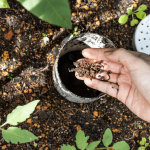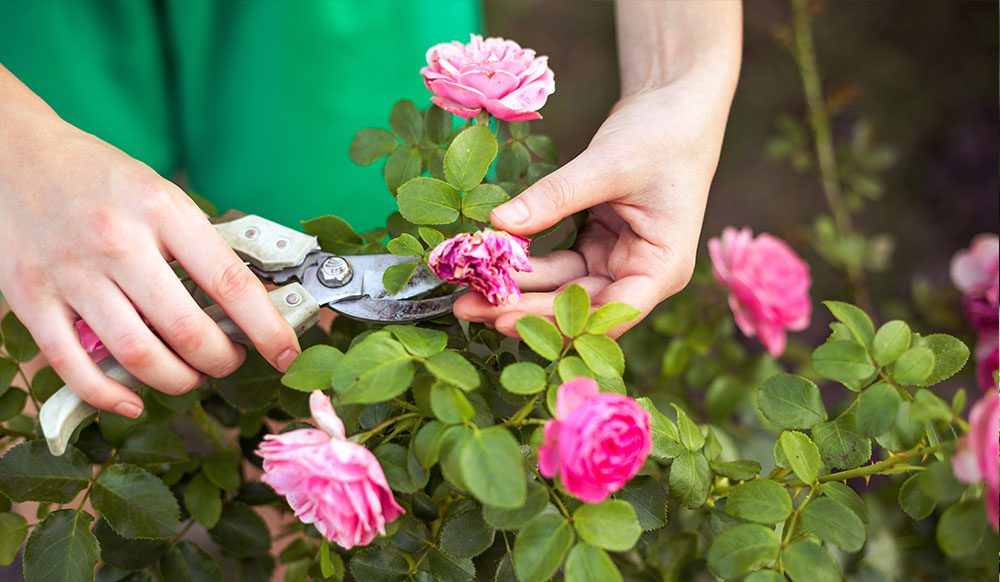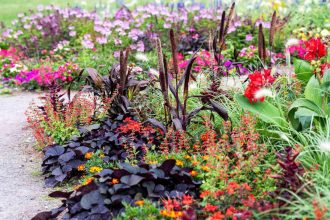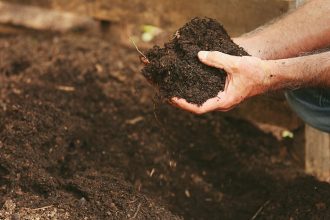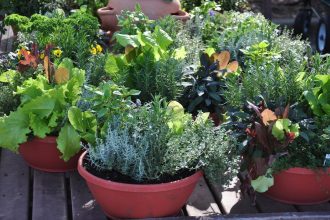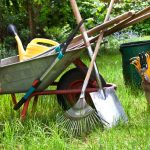In the world of gardening, mastering the art of pruning is like discovering the key to unlocking a plant’s potential. From promoting healthy growth to shaping a beautiful landscape, knowing when and how to prune is essential for every green thumb enthusiast. In this ultimate guide, we will delve into the secrets of pruning, providing you with all the tips and tools you need to transform your garden into a flourishing paradise. So grab your shears and let’s get started on this pruning journey together.

The Importance of Pruning in Plant Health and Growth
Pruning is a crucial aspect of plant care that often gets overlooked by many gardeners. However, understanding can make a significant difference in the overall well-being of your plants. Proper pruning can help promote healthy growth, improve air circulation, and prevent disease.
One of the key benefits of pruning is that it allows you to remove dead or diseased branches, which can attract pests and lead to the spread of disease throughout the plant. Additionally, pruning helps shape the plant and encourages new growth, leading to a fuller and more aesthetically pleasing appearance.
Knowing when to prune is just as important as knowing how to prune. Different plants require different pruning techniques, so it’s essential to research the specific needs of each plant in your garden. For example, flowering shrubs should be pruned immediately after they bloom to encourage new growth, while fruit trees are typically pruned during the dormant season.
Timing Is Everything: Understanding When to Prune Different Plants
Pruning is a crucial part of keeping your plants healthy and flourishing. However, the timing of when you prune can make all the difference in the world. Each type of plant has its own specific requirements for when it should be pruned to ensure optimal growth and blooming potential.
For flowering shrubs, such as roses or hydrangeas, pruning in late winter or early spring before new growth begins is ideal. This allows the plant to focus its energy on producing new blooms rather than sustaining older, dead growth. On the other hand, pruning fruit trees is best done in late winter when the tree is dormant. This helps promote new growth and fruit production for the coming season.
When it comes to pruning evergreen trees and shrubs, the best time is typically in early spring before new growth appears. This allows the plant to recover and grow new foliage before the heat of summer sets in. Deciduous trees, on the other hand, should be pruned during the dormant season in late fall or winter. This helps promote healthy growth and shape for the following year.
Mastering Pruning Techniques: Tools, Tips, and Best Practices
Pruning Tools
Before you start pruning your plants, it’s essential to have the right tools for the job. Some common pruning tools include:
- Pruning shears: Used for cutting small branches and stems.
- Loppers: Ideal for thicker branches that pruning shears can’t handle.
- Pruning saw: Useful for larger branches or trimming tough, woody plants.
Pruning Tips
When it comes to pruning, there are a few key tips to keep in mind:
- Timing: Prune your plants at the right time of year, depending on the type of plant.
- Clean cuts: Make clean cuts at a 45-degree angle to promote healing and reduce the risk of disease.
- Know your plant: Different plants have different pruning needs, so research the specific requirements for your plant.
Best Practices
Follow these best practices to ensure your pruning efforts are successful:
- Start small: If you’re new to pruning, start with small cuts and gradually work your way up to larger branches.
- Remove dead wood: Pruning is a great opportunity to remove any dead or diseased branches from your plants.
- Don’t overprune: Avoid removing too much of the plant at once, as this can harm its overall health.
In conclusion, mastering the art of pruning is essential for maintaining the health and beauty of your plants and trees. By following the guidelines outlined in this ultimate guide, you will be equipped with the knowledge and skills needed to prune effectively and with confidence. Remember, timing and technique are key when it comes to pruning, so take the time to assess each plant’s specific needs before you make any cuts. With practice and patience, you will soon become a pruning pro and reap the rewards of a well-maintained garden. Happy pruning!


